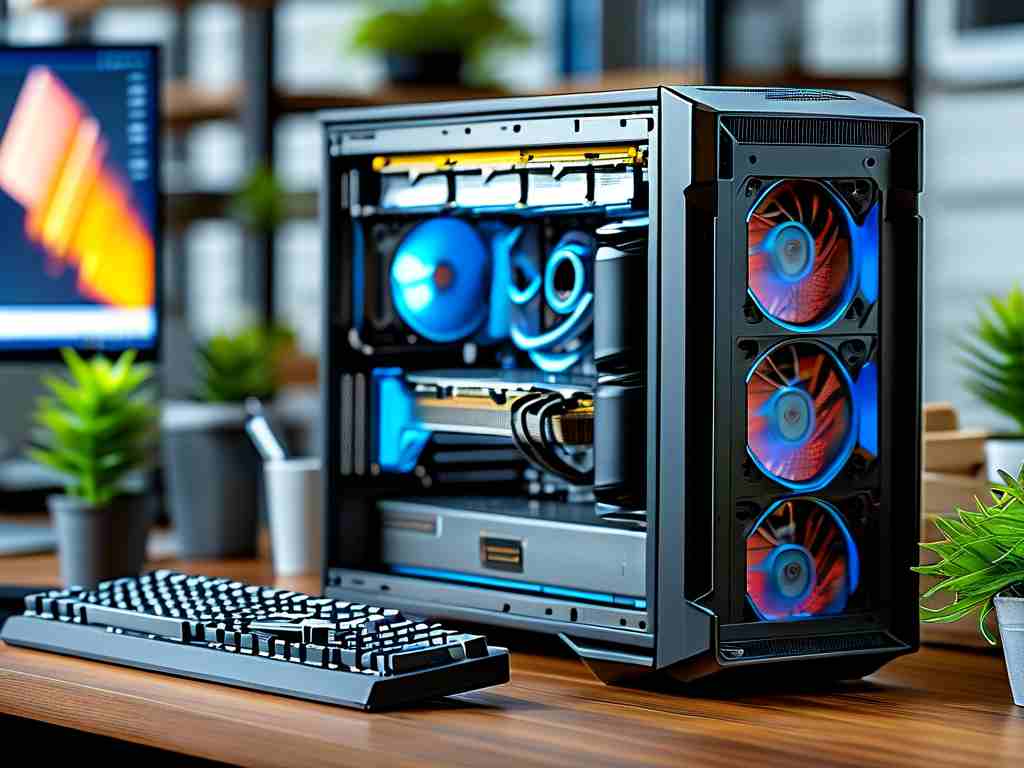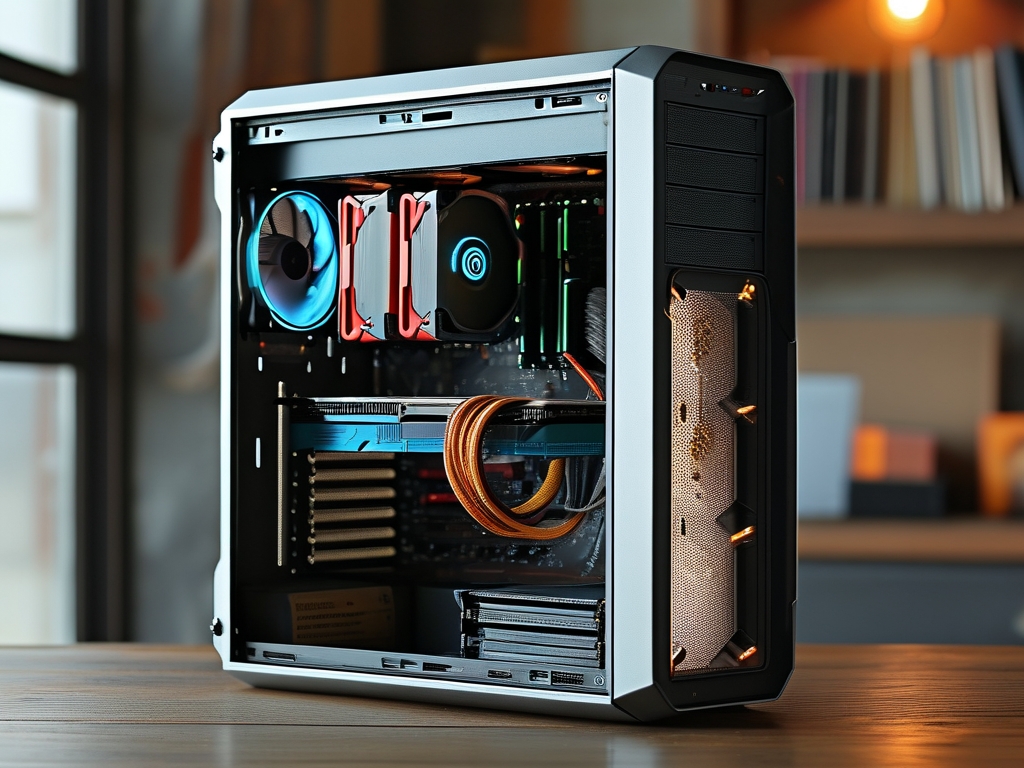The relationship between computer terminals and memory has been a recurring topic in computing discussions. To address this question effectively, we must first clarify what constitutes a "terminal" in modern and historical contexts before exploring its interaction with memory systems.

Traditional text-based terminals like the DEC VT100 (1978) served as input/output devices for mainframe computers. These devices lacked independent processing capabilities and relied entirely on host systems for computational tasks. In such setups, terminals contained minimal buffer memory – typically 2-4KB – solely for managing keystroke inputs and screen refresh operations. This temporary storage couldn't be classified as conventional computer memory since it didn't support program execution or data persistence.
Modern terminal implementations present more complexity. Contemporary terminal emulators running on personal computers (e.g., macOS Terminal or Windows Terminal) inherently utilize the host machine's RAM through their parent operating systems. A PowerShell session might consume 50-100MB of memory while processing commands, demonstrating direct memory usage. However, this memory allocation belongs to the emulator software rather than representing intrinsic terminal memory.
Thin client terminals in enterprise environments showcase hybrid characteristics. These devices often contain 512MB-2GB of onboard memory for caching frequently accessed data and maintaining session persistence. Cisco's thin client solutions, for instance, employ flash memory for firmware storage while dynamically allocating RAM resources for active connections to remote servers.
The historical exclusion of significant memory from terminals stemmed from architectural philosophy. Early computing systems emphasized centralized processing, with terminals functioning as "dumb" access points. IBM's 3270 terminal architecture (1971) deliberately omitted memory beyond basic buffers to reduce costs and simplify maintenance. This design paradigm persisted through the 1980s, as evidenced by Wyse terminal products that maintained sub-1MB memory configurations until the late 1990s.
Modern developments have blurred traditional distinctions. Smart terminals in industrial automation systems now routinely incorporate 4-8GB RAM modules to handle local data preprocessing. Beckhoff's CPX series terminals exemplify this trend, combining PLC functionality with integrated memory for edge computing tasks. These devices challenge conventional terminal definitions by merging I/O capabilities with computational resources.
Virtual terminal implementations further complicate memory associations. Web-based SSH clients like Shellngn operate entirely within browser memory spaces, leveraging JavaScript ArrayBuffers for temporary data storage. A Chrome tab running such a terminal might allocate 30-60MB of browser-managed memory, creating indirect but measurable memory dependencies.
Technical documentation reveals nuanced memory interactions. The Linux kernel's tty subsystem allocates kernel-space memory for terminal sessions, with typical allocations ranging from 16KB to 256KB per virtual terminal. This memory manages character buffers and session metadata, demonstrating that even software terminals require dedicated memory resources at the OS level.
Security considerations introduce additional memory requirements. Modern terminal emulators implement protected memory spaces to isolate different shell sessions. Microsoft's Windows Terminal (2023) employs separate memory partitions for each tab, preventing credential leakage between administrative and user sessions. These security measures necessitate sophisticated memory management systems within terminal software.
The evolution of terminal standards continues influencing memory integration. USB-C docking stations with embedded terminal functionality now incorporate up to 8GB LPDDR4 memory for caching display data and network packets. These hybrid devices exemplify how contemporary terminal designs increasingly incorporate memory components to optimize performance in distributed computing environments.
In , while classical terminals excluded substantial memory by design, modern implementations demonstrate varying degrees of memory integration depending on specific use cases and technological generations. The determination of whether terminals "include" memory ultimately depends on interpreting the terminal's role within broader system architecture and recognizing the spectrum of contemporary terminal implementations.





